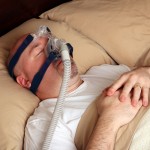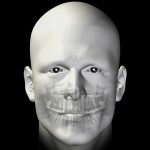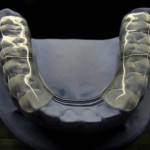
Obstructive sleep apnoea syndrome (OSAS) affects about 4% of the male and 2% of the female population of North America. Standard treatment is with continuous positive airway pressure (CPAP) however this has poor adherence in some groups and oral appliance therapy is an alternative therapy. The aim of this trial was to assess variations in [read the full story…]

